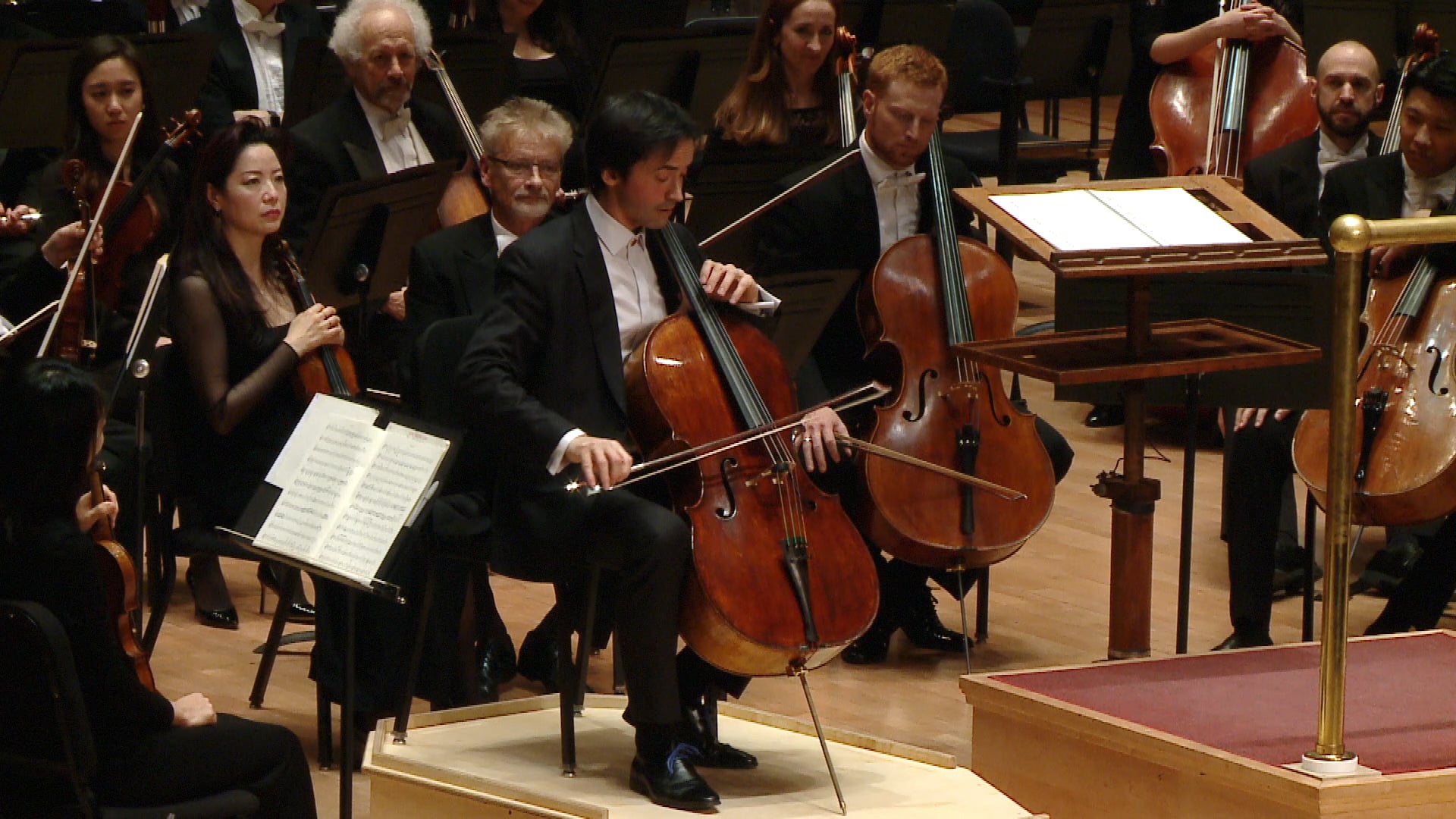

He categorically refused to be tied to any school of composition, and all his life he remained a solitary figure with his own striking compositional language.

The music of the French composer Henri Dutilleux (1916–2013) built upon the best traditions of French music-Ravel, Debussy, Roussel-and also took inspiration from Bartók and Stravinsky as well as from the visual arts and literature and from Van Gogh and Baudelaire in particular. At the centre stands a calm Sarabande, and the suite ends with the pulsating rhythm of a Gigue. We all can imagine something that is both constant and always changing.” For the later movements, Bach traditionally pairs fast and slow dances. So you think of flow, water, sunlight sparkling on leaves of trees on a fall day. In the text with his recording, the famed viola da gamba and Baroque cello player Wieland Kuijken characterised it as “ the continuum of a time that might not end”, and the American cellist Yo-Yo Ma, winner of a 1985 Grammy for his album of these suites, described it in 2021 as follows: “ I think that movement represents the infinitude of what we have in the natural world. Already in the opening Preludium there is almost a hint of magic. Although we hear a wealth of counterpoint, and the greatest demands are made on the player, the suite is not without a peculiar transparency. 1 in G major for solo cello BWV 1007 is one of the best known of the suites, and if the cello is often compared to the human voice, here it seems to be speaking to us about the very essence of music, Baroque or otherwise. Gautier Capuçon fittingly calls them “ the cellist’s Bible”. For Bach, they mainly represented an opportunity for seeking new paths. Cellists often begin playing the suites as children, and the pieces are required study material.

Christian Ferdinand Abel, a famed player of the viola da gamba, cello, and violin), or even the prince, today the occasion for which they were written is uncertain. At the time Bach was surveying all of the expressive and technical possibilities of instruments in works like The Well-Tempered Clavier and the Sonatas and Partitas for Solo Violin as well as in these suites, which he apparently did not conceive as an integral whole. Although the suites may have been played by Bach himself, one of the orchestra members (e.g. He studied them carefully for a long time, introduced them to the public on stage, and finally in 1936–1939 he recorded them, becoming the first musician of the modern era to perform them all. Bach apparently wrote the suites in the 1720s in Cöthen, where as the prince’s Kapellmeister, he had superb players at his disposal as well as the support of a music-loving employer. In 1890 the young cellist Pablo Casals (1876–1973) discovered them in one of Madrid’s used book shops. The compositions, without which we are unable to imagine the cello repertoire, did not appear in print until the first half of the 19 th century. Had it not been for a coincidence, today the world might not know about the Six Suites for Cello Solo BWV 1007–1012 by Johann Sebastian Bach (1685–1750).


 0 kommentar(er)
0 kommentar(er)
